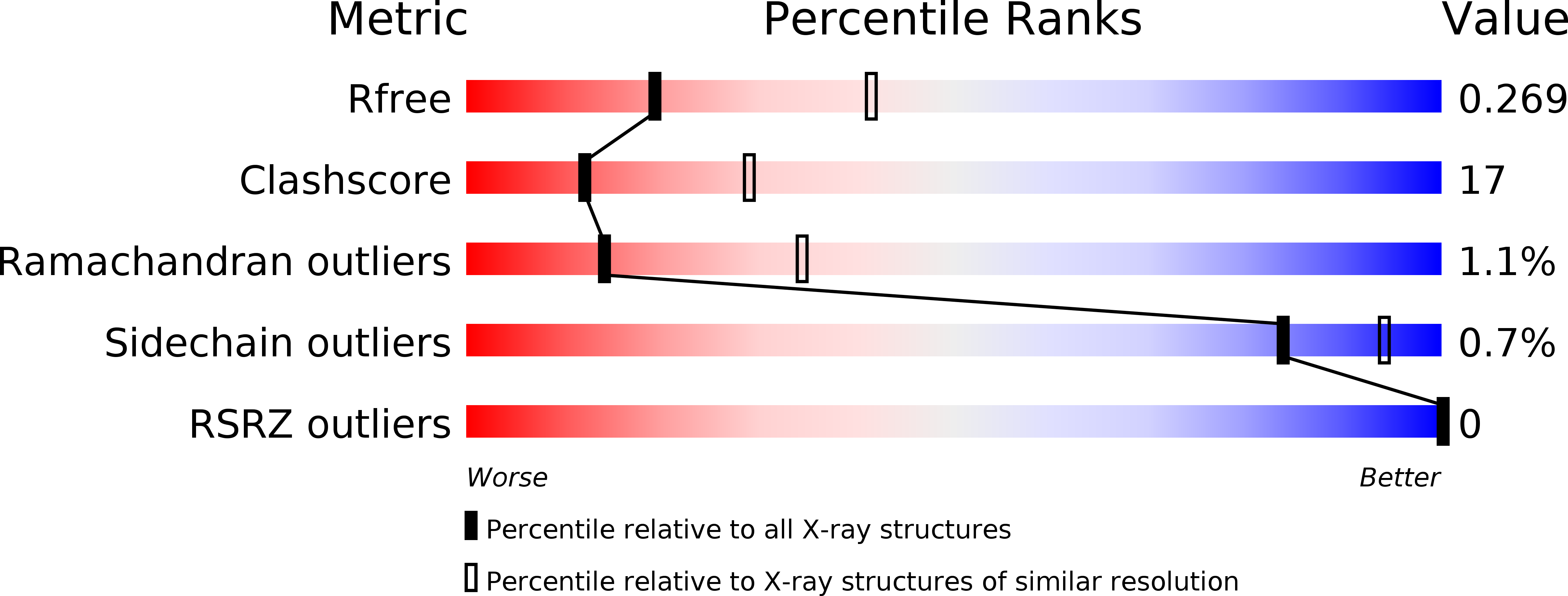
Deposition Date
2010-12-21
Release Date
2011-10-12
Last Version Date
2023-11-01
Entry Detail
PDB ID:
3ASV
Keywords:
Title:
The Closed form of serine dehydrogenase complexed with NADP+
Biological Source:
Source Organism:
Escherichia coli (Taxon ID: 562)
Host Organism:
Method Details:
Experimental Method:
Resolution:
2.70 Å
R-Value Free:
0.27
R-Value Work:
0.19
Space Group:
P 64


